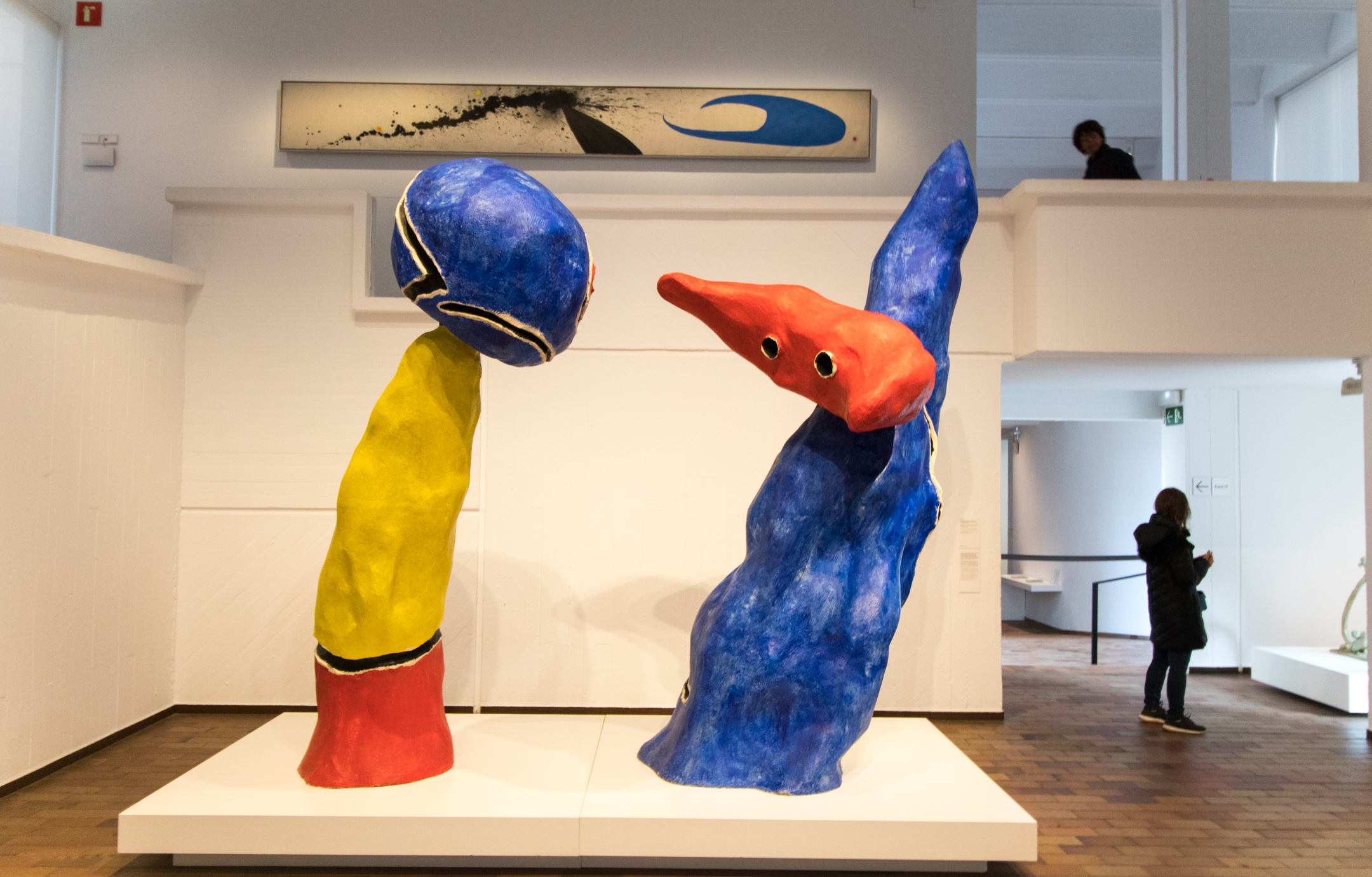



After completing the work, Miró struggled to find a buyer in a Parisian modern art market that preferred Cubism. While reflecting a number of influences, including Catalan folk art, a Romanesque sense of hierarchy where scale reflects importance, and a Cubist vocabulary, the work resisted settling into a style, exemplifying the artist's restless and iconoclastic approach. The Farm is both picture and poem." The artist considered this work among his most important, marking a turning point. objects have a double life as letters - the E of a crate, the A of a ladder, the O of wheel, pail and sun - and everything is simultaneously inside the scene and written on its surface. Furthermore, as Cummings notes, in "his new way of painting. As art critic Laura Cummings wrote, "every entity is given its own autonomous space in the picture, separately praised but connected by rhyming shapes," due to the "quasi-cubist space, tilted upright and presumably because Miró is celebrating the thriving upward growth of home." The work illustrates important innovations signature to the artist as it includes various abstracted elements, like the black circle where the eucalyptus tree rises in the center, symbols like the two ladders, one with a goat standing on top, and the other with a rooster. I wanted to put everything I loved about the country into that canvas - from a huge tree to a tiny snail." The intensity of vision and almost maniacal attention to detail gives the work the quality of an eidetic memory, reconfigured in a dream, and prefigures his later Surrealist work. Miró explained, " The Farm was a résumé of my entire life in the country.

While he explored certain themes such as that of Mother and Child repeatedly throughout his long career, he did so in a variety of media from painting and printmaking to sculpture and ceramics, often achieving surprising and disparate results.Ī dramatically tilted picture plane presents a view of the artist's masia or "family farm," thronging with animals, farm implements, plants, and evidence of human activity. Miró was a modern renegade who refused to limit himself to visual exploration in a single medium.His chromatic explorations, which emphasized the potential of fields of unblended color to respond to one another, as well as his flat backgrounds with mild gradations of color, were valuable resources, providing inspiration for Color Field painters such as Helen Frankenthaler. Miró often worked with a limited palette, yet the colors he used were bold and expressive.Miró balanced the kind of spontaneity and automatism encouraged by the Surrealists with meticulous planning and rendering to achieve finished works that, because of their precision, seemed plausibly representational despite their considerable level of abstraction.Rather, he devoted his career to exploring various means by which to dismantle traditional precepts of representation. Even though he pared his forms to abstract schematics or pictorial signs and gestures Miró's art never settled into complete non-objectivity.His use of interior emotion to drive abstract expression would become a great influence on the Abstract Expressionists. Via his own Surrealism-inspired exploration, Miró invented a new kind of pictorial space in which carefully rendered objects issuing strictly from the artist's imagination became juxtaposed with basic, recognizable forms.


 0 kommentar(er)
0 kommentar(er)
